-
-
Pectus excavatum is a condition that can occur when a baby is growing in the womb or even after birth. Mostly, it can seen when the patient in adolesence age. It can range from mild to severe.

Pectus Excavatum This condition happens because of excessive growth of the connective and cartilagineus tissue that links the ribs to the breastbone (sternum). This causes the sternum to curve inward, creating a noticeable dip or depression in the chest.
In severe cases, pectus excavatum can impact the functioning of the heart and lungs. Additionally, the physical appearance of the sunken chest can lead to emotional stress for the child.
It’s essential for parents and caregivers to consult healthcare professionals if they notice signs of pectus excavatum in a child. Early diagnosis and intervention can help manage the condition effectively.

Dr.Pectus Clinic Healthcare providers may conduct physical examinations and imaging tests to assess the severity of pectus excavatum. They will create a personalized treatment plan tailored to the individual’s needs, which may involve exercises, bracing, or in severe cases, surgical procedures like the Nuss or Ravitch techniques.
Support and understanding from family, friends, and healthcare professionals play a crucial role in helping children cope with pectus excavatum. Encouraging open communication and providing emotional support can positively impact the child’s mental well-being throughout their treatment journey.
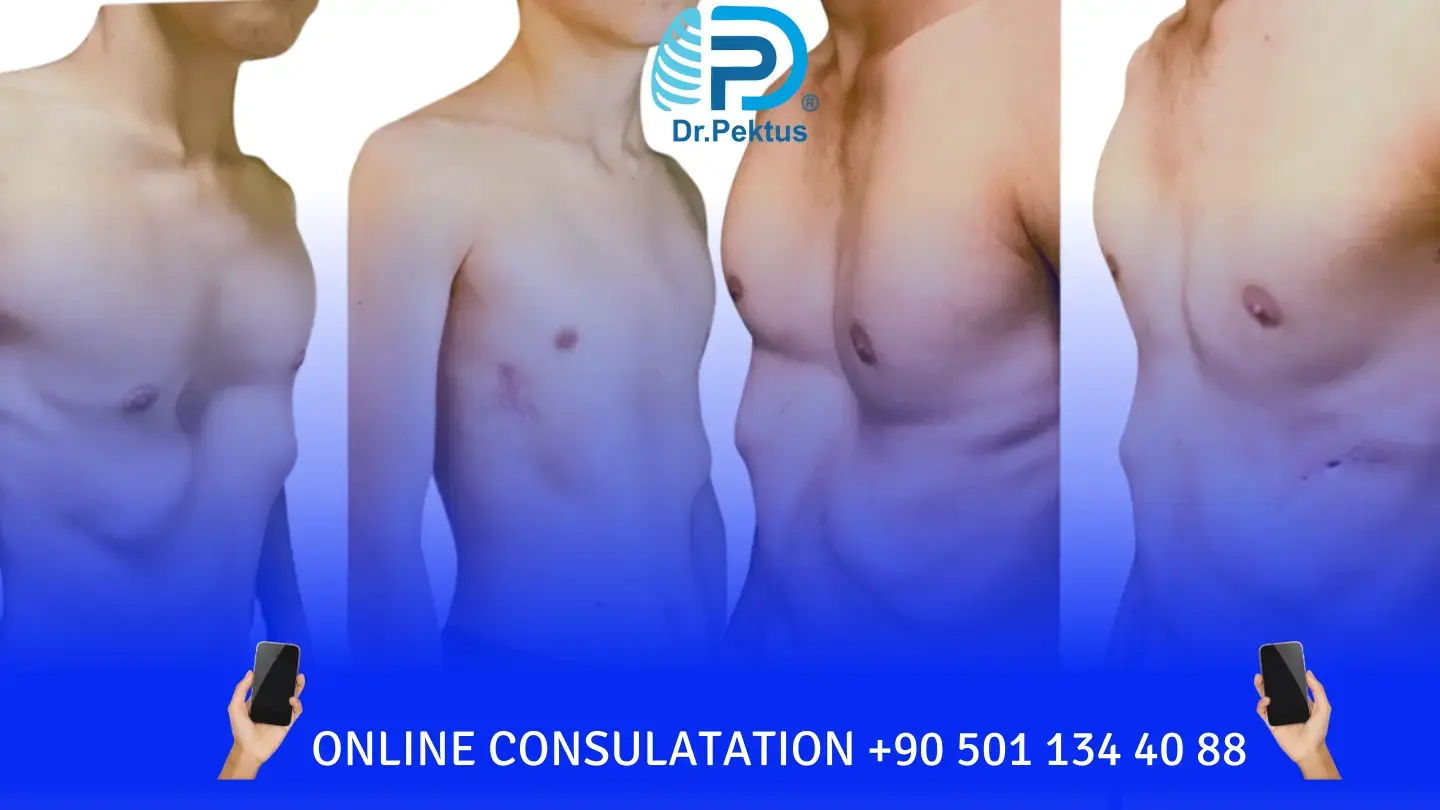
What is Pectus Excavatum caused by?
Pectus excavatum typically occurs due to an overgrowth of connective tissue in the chest, leading to the inward curvature of the sternum. While the exact cause remains unclear, genetic factors may contribute to its development. Some cases might also be linked to certain connective tissue disorders or inherited conditions.
Symptoms of Pectus Excavatum:
The most noticeable symptom of pectus excavatum is the sunken appearance of the chest, particularly over the sternum. In more severe instances, this deformity can potentially lead to breathing difficulties, chest pain, and decreased exercise tolerance. Additionally, affected individuals might experience self-esteem issues or psychological distress due to the altered chest shape.
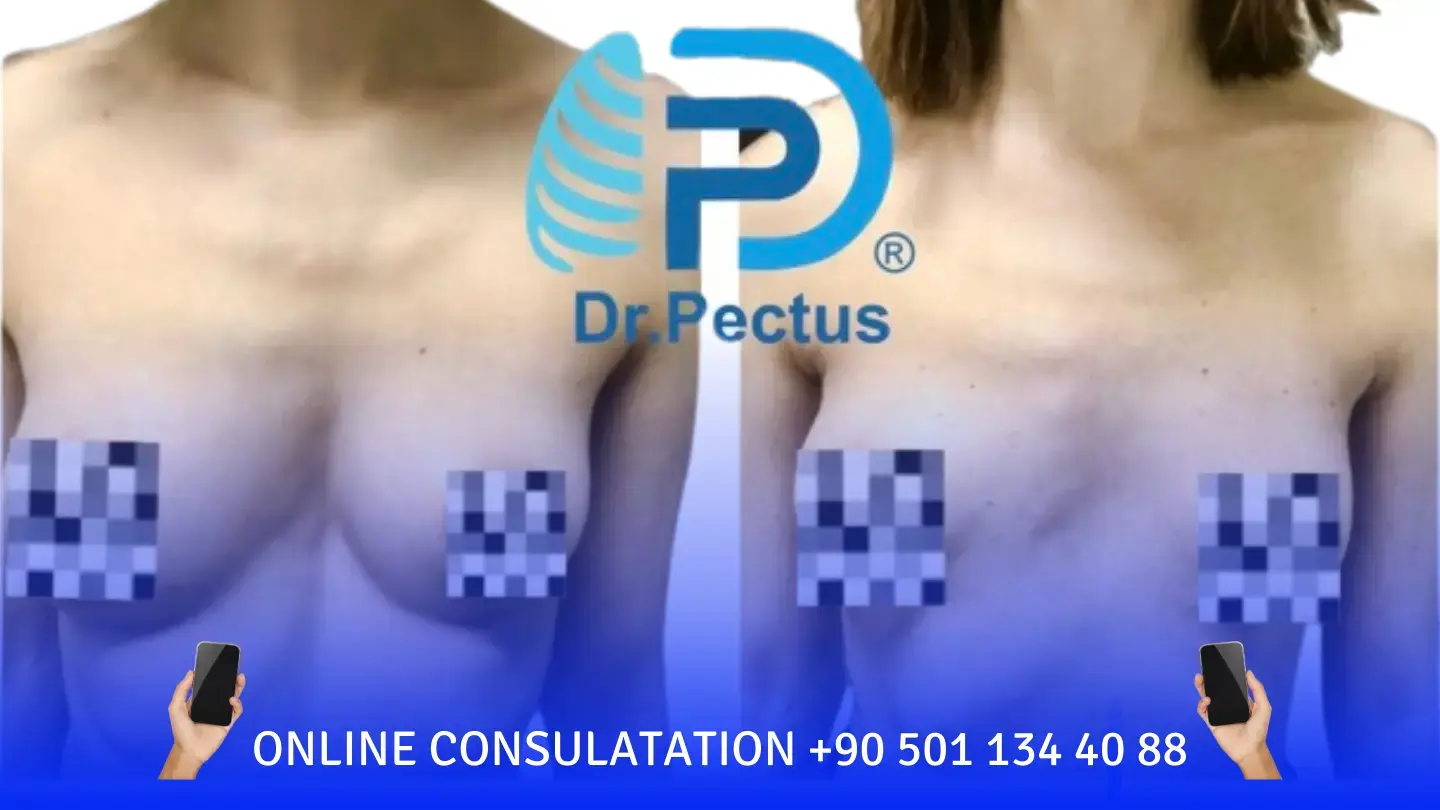
Diagnosis of Pectus Excavatum:
Healthcare professionals diagnose pectus excavatum through a physical examination, evaluating the appearance of the chest. Imaging tests like X-rays or CT scans may also be performed to assess the severity and impact of the condition on the heart and lungs. This comprehensive evaluation helps determine the most suitable treatment approach for the individual.
Overview of Chest Wall Deformities
Chest wall deformities encompass various conditions affecting the structure of the chest, ribs, or sternum. These deformities can range from mild to severe and may include conditions like pectus excavatum, pectus carinatum, and other rare chest wall anomalies. They can affect both children and adults, impacting not only physical health but also emotional well-being.
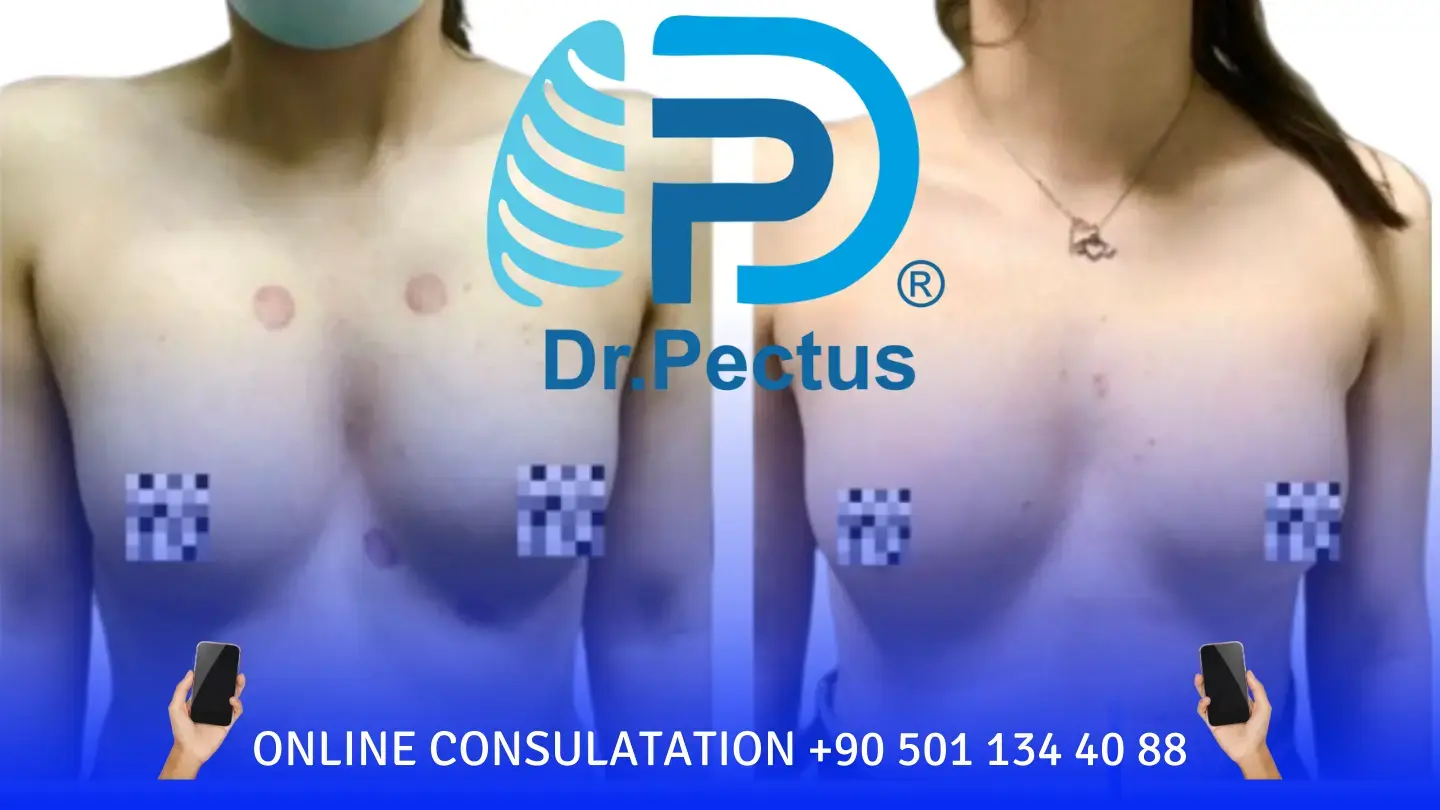
Pectus Excavatum: Types, Severity, and Treatment Options
Types of Pectus Excavatum:
Pectus excavatum presents itself in various forms, categorized by the severity of the chest depression. These can range from mild indentations to more pronounced and severe deformities. Classification systems like the Haller index or the severity index help healthcare professionals determine the extent of the condition.
Severity Classification of Pectus Excavatum:
Pectus excavatum, commonly known as a sunken chest or chest concavity, showcases a spectrum of severity in its presentation. This variability can range from minor indentations or slight depressions in the chest wall to more pronounced and severe deformities where the sternum significantly caves inward.
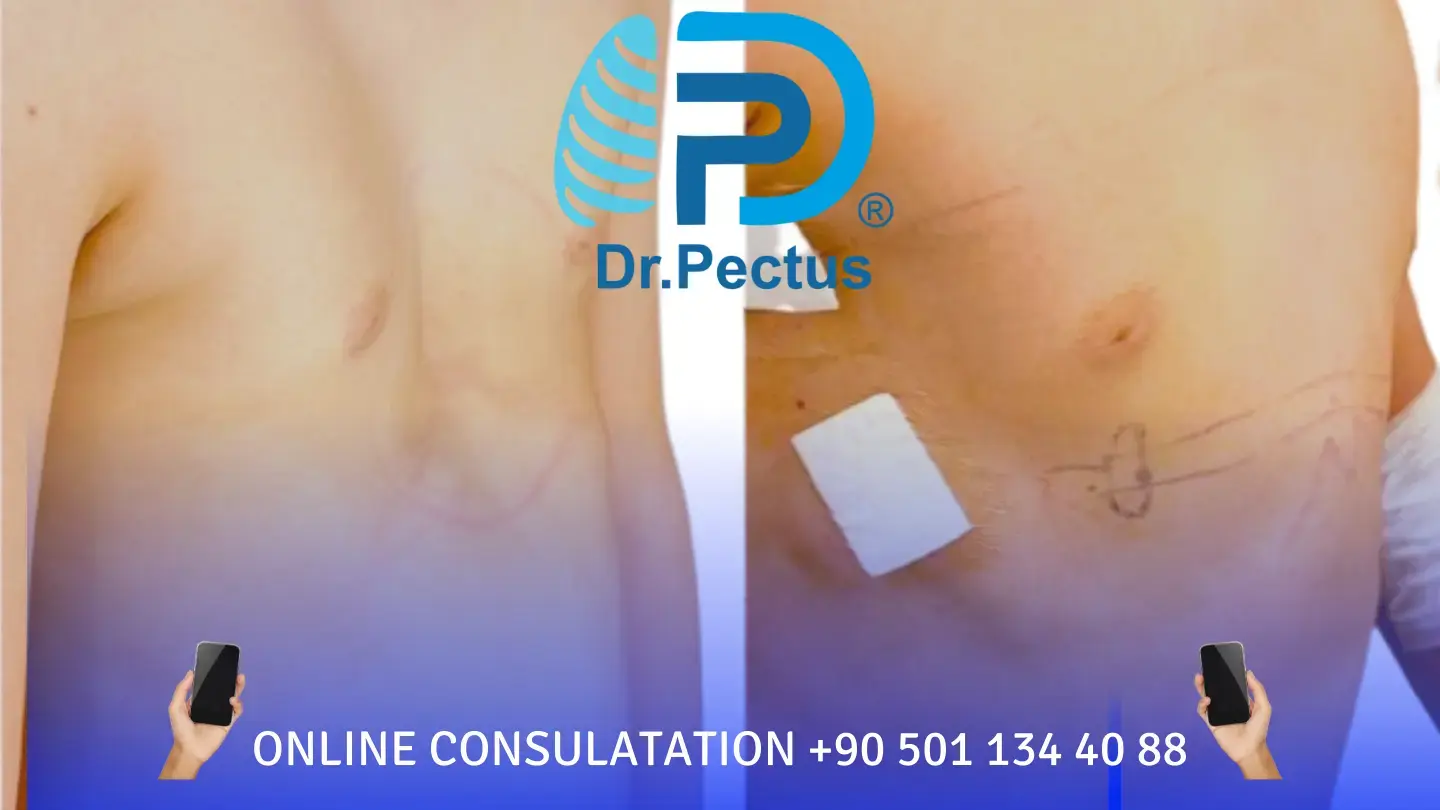
Categories and Grading:
Healthcare professionals use various classification systems to assess and categorize the severity of pectus excavatum. Among these, the Haller index and severity index are commonly employed tools. These indices aid in evaluating the extent of chest depression by measuring specific anatomical ratios, such as the ratio of the transverse diameter of the chest to the narrowest diameter between the spine and the sternum.
Mild to Severe Cases:
Mild cases of pectus excavatum may exhibit minimal cosmetic changes with slight depressions in the chest, often causing no significant health concerns. In contrast, severe cases display a more noticeable and profound concavity, potentially leading to compression of the heart and lungs. These severe forms might cause breathing difficulties, chest pain, or restricted lung capacity.

Dr.Pectus ⎮ Assoc.Prof. Hasan Ersöz Impact on Diagnosis and Treatment
Understanding the severity of pectus excavatum is crucial in determining the appropriate course of action. It aids healthcare professionals in making informed decisions about observation, exercise regimes, bracing techniques, or the necessity of surgical intervention. The severity classification guides the formulation of a personalized treatment plan tailored to address the specific needs of the individual with pectus excavatum.
In essence, the severity classification of pectus excavatum encompasses a spectrum of chest deformities, ranging from mild indentations to severe concavities, with healthcare professionals utilizing specific indices to precisely assess and address the condition’s extent and impact on an individual’s health.
Treatment Options for Pectus Excavatum
Treatment for pectus excavatum varies depending on the severity of the condition. Inmild cases, observation and monitoring may be sufficient. Exercises or nonsurgical treatment techniques may be recommended to help improve breast appearance and functionality.
The most commonly used non-surgical treatment is vacuum bell therapy. In more severe cases, surgical interventions such as Nuss or Ravitch procedures may be necessary to correct the chest deformity and alleviate possible health complications.

Pectus Excavatum Frequently Asked Questions
Who diagnoses pectus excavatum?
Pectus excavatum is typically diagnosed by healthcare professionals, including pediatricians, family physicians, thoracic surgeons, or specialists in pediatric surgery. These professionals possess the expertise to recognize the physical signs and symptoms associated with pectus excavatum.
Diagnosis involves a thorough physical examination where the healthcare provider observes the appearance of the chest, specifically looking for the characteristic sunken or depressed sternum. Additionally, imaging tests such as X-rays, CT scans, or MRIs may be utilized to assess the severity of the condition and its impact on the chest and internal organs, aiding in a comprehensive diagnosis.
How do you diagnose pectus excavatum in adults?
Diagnosing pectus excavatum in adults follows a similar process to the diagnosis in children. Healthcare professionals, including general practitioners, thoracic surgeons, or specialists in adult congenital conditions, typically assess and diagnose pectus excavatum in adults.
The diagnosis involves:
Physical Examination:
A healthcare provider examines the chest for the characteristic sunken appearance or depression over the sternum. They assess the severity of the chest deformity, evaluate any associated symptoms, and inquire about the individual’s medical history.
Imaging Tests:
To confirm the diagnosis and assess the extent of pectus excavatum, imaging tests such as X-rays, CT scans, or MRIs may be conducted. These imaging techniques allow for a detailed view of the chest wall, revealing the degree of inward curvature of the sternum and its impact on surrounding structures like the heart and lungs.

Consultation with Specialists:
In some cases, referral to a thoracic surgeon or a specialist experienced in treating chest wall deformities may be necessary for a more in-depth evaluation and to discuss potential treatment options.
Diagnosing pectus excavatum in adults involves a comprehensive assessment by healthcare professionals, including physical examinations and imaging studies, to accurately evaluate the severity of the condition and plan appropriate management or treatment.
What diseases are associated with pectus excavatum?
Several conditions or diseases can be associated with pectus excavatum. While not everyone with pectus excavatum will have these additional conditions, there can be some correlations:
Connective Tissue Disorders:
Pectus excavatum can sometimes be linked to certain connective tissue disorders like Marfan syndrome, Ehlers-Danlos syndrome, or osteogenesis imperfecta. Individuals with these conditions might have a higher likelihood of developing pectus excavatum.
Scoliosis:
There can be an association between pectus excavatum and scoliosis, a condition characterized by an abnormal curvature of the spine. Some individuals with pectus excavatum might also have scoliosis.
Cardiac Abnormalities:
In more severe cases, pectus excavatum can be associated with certain cardiac abnormalities or structural heart defects. The compression of the chest wall might affect heart function or lead to displacement of the heart within the chest cavity.
Respiratory Issues:
Severe cases of pectus excavatum might affect lung function due to the restriction of chest expansion, leading to decreased lung capacity and potentially causing respiratory issues like shortness of breath or exercise intolerance.
It’s important to note that while these associations exist, not everyone with pectus excavatum will develop these additional conditions. Each individual’s case is unique, and the presence of any associated diseases or conditions may vary in severity or occurrence. Healthcare professionals often conduct thorough evaluations to assess any potential associations or complications associated with pectus excavatum.
When is pectus excavatum diagnosed?
Pectus excavatum can be diagnosed at different stages of life:
At Birth:
In some cases, pectus excavatum might be noticeable soon after birth, especially if it’s severe. Healthcare providers may observe the chest deformity during initial physical examinations in newborns.
During Childhood:
Pectus excavatum might become more apparent as a child grows, particularly during growth spurts in adolescence. Parents or caregivers might notice the sunken appearance of the chest or associated symptoms, prompting consultation with healthcare professionals for evaluation and diagnosis.
In Adolescence or Adulthood:
Some individuals might not recognize or seek medical attention for pectus excavatum until adolescence or adulthood. The condition might become more noticeable or cause symptoms later in life, leading to diagnosis during routine physical examinations or upon experiencing related health issues.
The timing of pectus excavatum diagnosis can vary depending on the severity of the chest deformity, associated symptoms, individual awareness or concern, and the presence of any medical conditions linked to the condition. Early diagnosis allows for timely intervention and management to address potential health implications and improve outcomes. Regular health check-ups and discussions with healthcare providers facilitate early detection and appropriate management of pectus excavatum.
Is pectus excavatum a disorder?
Yes, pectus excavatum is considered a chest wall deformity or abnormality rather than a disorder in the traditional sense. It’s characterized by the inward curving of the breastbone (sternum), resulting in a sunken or concave appearance of the chest. This condition is congenital, meaning it’s present at birth, and it’s often referred to as a congenital chest wall deformity.
While pectus excavatum is not a disease or illness, it can impact an individual’s physical appearance and, in severe cases, may affect heart and lung function, causing symptoms such as chest pain or breathing difficulties. The severity of the condition can vary widely among individuals, and not everyone with pectus excavatum experiences significant health issues.
Healthcare professionals diagnose and manage pectus excavatum to address potential health implications and improve the individual’s quality of life. Treatment options range from observation and non-invasive approaches for mild cases to surgical interventions for more severe deformities, aiming to correct the chest wall shape and alleviate associated symptoms.
How do I know if my pectus excavatum is bad?
Determining the severity of pectus excavatum is best evaluated by healthcare professionals. However, here are some indicators that might suggest the severity of your condition:
Visible Appearance:
A pronounced or deep indentation or concavity in the chest, especially over the sternum, might indicate a more severe form of pectus excavatum.
Symptoms:
If you experience symptoms such as shortness of breath, chest pain, fatigue, or reduced exercise tolerance due to your chest shape, it could indicate a more significant impact on your health.
Impact on Daily Life:
Severe cases of pectus excavatum might affect your ability to participate in physical activities or cause discomfort while sitting or lying down.
Health Complications:
Sometimes, severe pectus excavatum can lead to complications affecting heart and lung function. If you’ve noticed symptoms related to these organs, it might suggest a more severe form of the condition.
If you’re concerned about the severity of your pectus excavatum or its impact on your health and daily life, it’s advisable to seek an evaluation from a healthcare professional.
They can conduct a physical examination, potentially perform imaging tests, and provide an accurate assessment of the severity and any associated health implications. This evaluation will guide appropriate management or treatment options tailored to your specific situation.
Does pectus get worse with age?
In most cases, the severity of pectus excavatum does not necessarily worsen with age. Pectus excavatum, a congenital condition present from birth, typically remains stable in its appearance and severity over time.
During growth spurts in adolescence, some individuals might observe slight changes in the appearance of their pectus excavatum. This might be due to changes in body proportions or the chest wall’s development as the body grows. However, for most people, the condition itself does not progressively worsen as they age.
It’s important to note that while the appearance of pectus excavatum might remain stable, associated symptoms or its impact on an individual’s health could change. Sometimes, as people become more aware of their body or if they experience health issues related to the chest deformity, they might seek medical attention later in life.
Regular monitoring and consultation with healthcare professionals can help assess any potential changes in symptoms, evaluate associated health concerns, and determine appropriate management strategies throughout different stages of life.
Is pectus excavatum painful?
In many cases, pectus excavatum itself doesn’t cause pain. However, some individuals with more severe forms of this condition might experience discomfort or occasional pain related to the chest wall deformity. The pain or discomfort can vary from person to person and may be influenced by factors such as the severity of the pectus excavatum, individual body structure, and any associated complications.
Pain or discomfort related to pectus excavatum might occur due to:
Pressure on Surrounding Structures:
Severe chest wall deformities can exert pressure on nearby organs such as the heart and lungs, causing occasional discomfort or chest pain.
Muscle Strain:
In some cases, individuals with pectus excavatum might experience strain or discomfort in the chest muscles due to the altered chest wall shape.
Posture-related Pain:
Certain body positions or activities might exacerbate discomfort for some individuals with pectus excavatum, particularly if the condition affects their posture or body mechanics.
However, it’s essential to note that not everyone with pectus excavatum experiences pain or discomfort. For many individuals, especially those with milder forms of the condition, pectus excavatum might not cause any physical discomfort or pain at all. If you’re experiencing persistent or severe pain related to your pectus excavatum, it’s advisable to consult with a healthcare professional for an evaluation and appropriate guidance.
Can you live a long life with pectus excavatum?
Yes, individuals with pectus excavatum can live long and healthy lives. Pectus excavatum, in itself, is not typically a life-threatening condition. While the condition can vary in severity and might pose challenges or discomfort for some individuals, it generally does not significantly impact life expectancy.
The majority of people with pectus excavatum lead normal lives with few limitations. Mild cases might not cause any health complications or affect life expectancy at all. Even in more severe cases, where pectus excavatum might lead to associated symptoms or affect heart and lung function, appropriate management and treatment can often alleviate these issues, allowing individuals to lead fulfilling and active lives.
Regular monitoring by healthcare professionals helps in evaluating any potential health implications associated with pectus excavatum. Early diagnosis and appropriate interventions, if necessary, can help manage symptoms, improve quality of life, and reduce the impact of the condition on overall health.
In summary, while pectus excavatum might present challenges or discomfort for some individuals, most people can expect to live a full and healthy life with proper management and care.
Does Pectus Excavatum Affect Breathing?
Pectus excavatum, a condition where the breastbone sinks into the chest, can affect breathing. When severe, it may limit lung and heart capacity, leading to symptoms like tiredness, difficulty breathing, chest discomfort, and a fast heartbeat. Sometimes, it can even cause a heart murmur due to the proximity of the sternum and pulmonary artery.

In daily life, someone with this condition might not feel any symptoms. However, when doing strenuous activities, they often experience these symptoms. The lungs can’t expand properly because of the restricted space, which lowers their capacity.
During exercise, people with pectus excavatum rely more on their diaphragm to breathe deeply, allowing their lungs to get enough oxygen and release carbon dioxide for the body’s needs. However, this extra effort in breathing can lead to feeling tired more quickly. Individuals with severe pectus excavatum may find it challenging to keep up with peers in physical activities, which can be tough, especially for young adults who might avoid sports or other demanding physical tasks
-
© — 2025
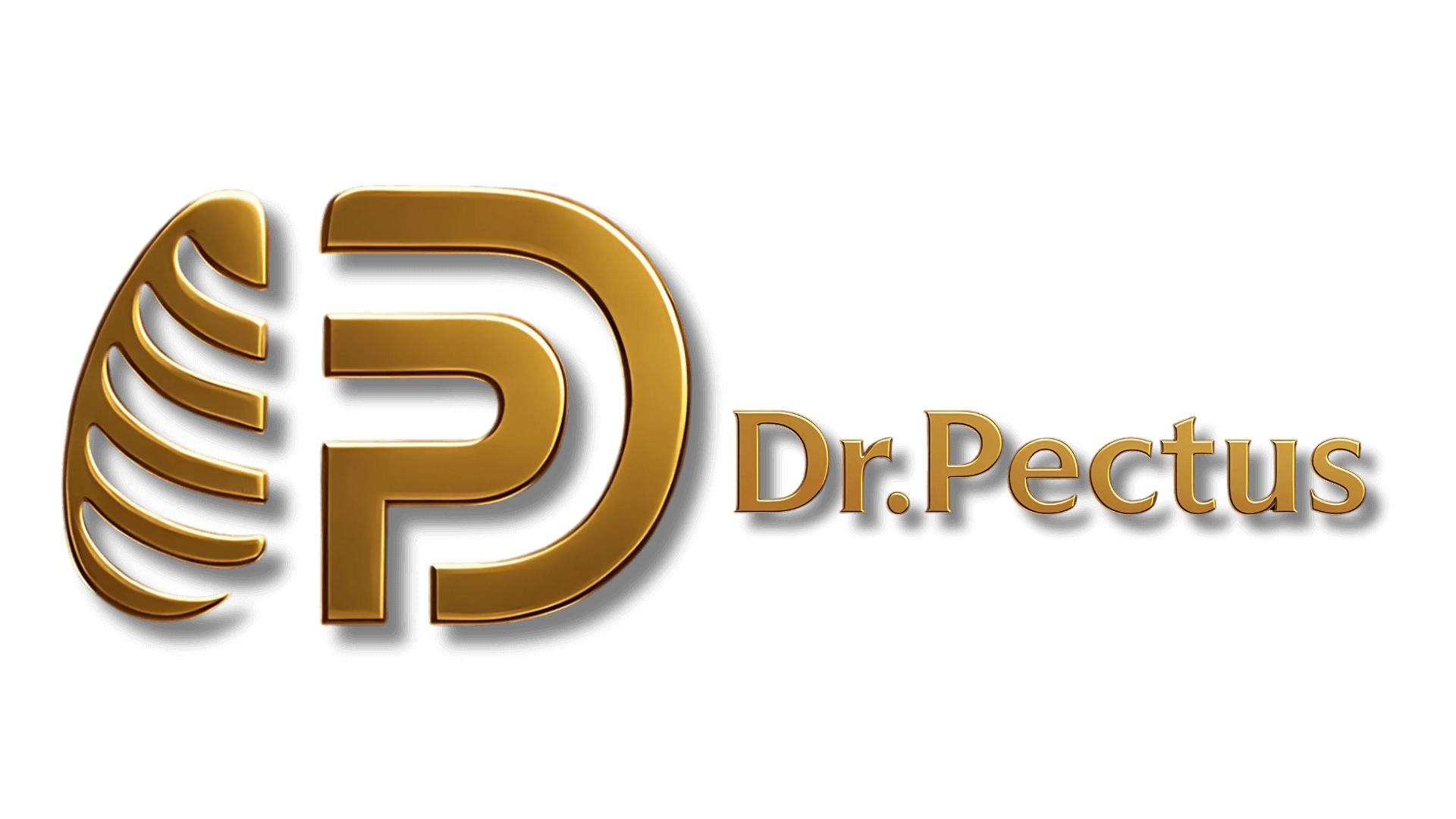
Legal Notice
This site has been designed for informational purposes only. No treatment procedure can be performed before the patient is examined by a physician, his or her test results are analyzed, and a detailed evaluation is made.


Contact
Kazımdirik Mah. 184 Sk. No:63 K:1 D:1 Bornova / Izmir / Turkey
01.07.2025 Powered and secured by Copyright © drpectus Onur ÖZTÜRK
Close Menu
- Home
- About
- Chest Wall Deformities
- Treatments
- All Treatments
- Vacuum Bell Treatment
- Bandage Treatment
- Orthosis Treatment
- Pectus Excavatum Correction with 3D Silicone Implant
- 3D Silicone Implant for Poland’s Syndrome
- Nuss Procedure
- NUSS Surgery Process
- Abramson Procedure
- Sandwich Bar Technique
- Flare Buster Technique
- Ravitch Procedure
- Onen Procedure
- Rib Flare Removal Treatment
- Lateral Thoracic Expansion
- Dynamic Thoracoplasty
- Sternal Cleft Repair
- Psychological Support
- Physiotherapy
- Dietitian Support
- Blog
- FAQ
- Contact Us
 English
English
